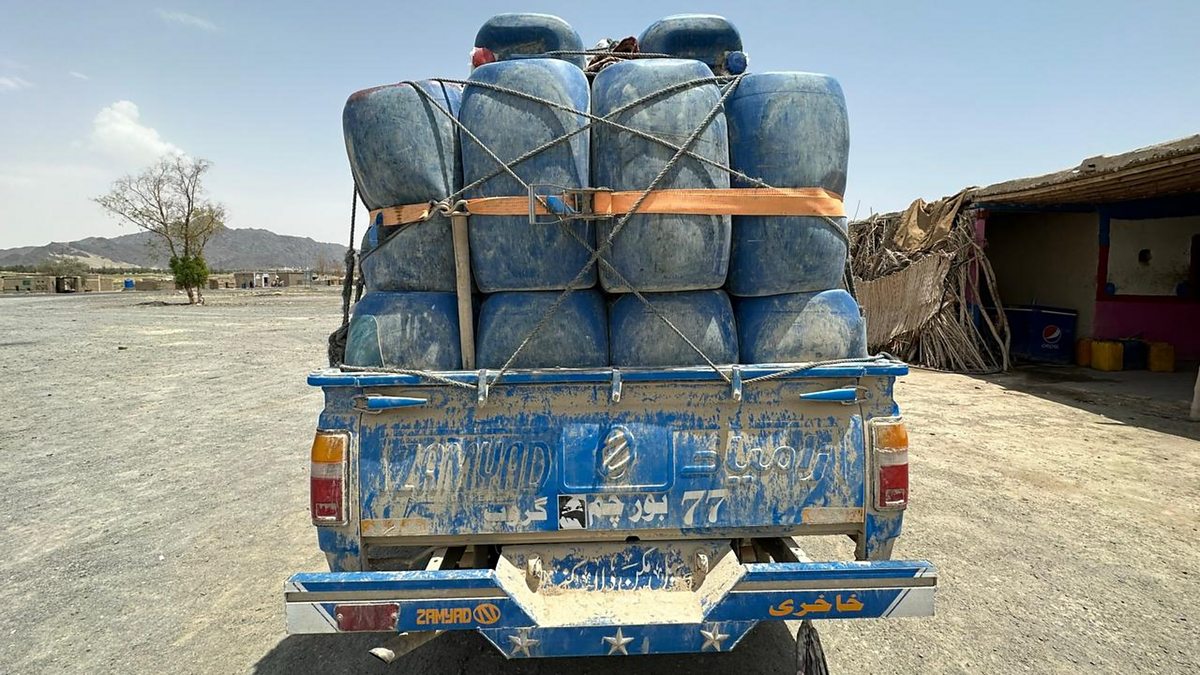
Introduction
Mob Justice has become a brutal form of community reaction across many parts of South Africa. When law enforcement fails or appears too slow, citizens turn into enforcers of their own justice—often with deadly results. The 2023 Vaalbank case, where three people were killed after a child’s body was found in a pit toilet, shows how fast anger can become violence. This article uncovers ten essential strategies that can stop mob justice before it begins. These lessons are rooted in compassion, prevention, and the understanding that real justice demands patience, not bloodshed.
Mob Justice and the Need for Immediate Police Response
Mob Justice often happens because communities believe the police do not respond quickly enough. When crimes occur—especially those involving children—every minute matters. A visible and rapid police presence can prevent rumors from escalating into mob action. The first few hours are critical: the faster law enforcement secures a scene, communicates updates, and shows control, the safer everyone remains. Specialized rapid-response teams trained in de-escalation should be deployed in high-risk areas. Quick action isn’t just about solving crimes; it’s about stopping communities from becoming crime scenes themselves.
Mob Justice and Building Local Trust
Trust is the foundation of any peaceful community. People only turn to mob justice when they feel abandoned. Police officers and civic leaders must engage communities long before crisis strikes. Regular town meetings, open-door policies, and clear communication build confidence in the system. When residents know who to call and believe their reports will be heard, they are less likely to take matters into their own hands. Building trust is not a one-day campaign—it’s daily work that prevents tragedy.
Mob Justice and Transparent Communication
Silence fuels mob justice. When authorities fail to share updates, communities fill the void with speculation and fear. Clear, consistent communication can calm even the angriest crowd. Police spokespeople should deliver timely statements, even if the investigation is ongoing. Saying “we are working on it” is better than saying nothing. Transparency shows respect for the public’s emotions and prevents wild theories from spreading. Information is power, and in moments of crisis, power must come from facts—not from fury.
Mob Justice and Digital Responsibility
In today’s connected world, mob justice spreads online long before it hits the streets. Social media platforms have become battlegrounds of misinformation. One photo or rumor can lead to violence. Teaching digital responsibility is now as important as civic education. Communities need to learn how to verify news, avoid sharing unconfirmed claims, and understand the consequences of viral lies. Platforms should also work closely with local police to flag dangerous misinformation. When digital spaces are responsible, real-world violence declines.
Mob Justice and Community Education
Education doesn’t only happen in schools—it happens in homes, churches, and community centers. Teaching the principles of due process, human rights, and non-violence can change generational behavior. Workshops, public talks, and youth programs should focus on how justice actually works and why patience matters. Communities educated about the law are less likely to become mobs. When people understand that mob justice destroys evidence and punishes innocent lives, they begin to value lawful solutions over emotional revenge.
Mob Justice and Poverty Reduction
Poverty plays a silent but powerful role in mob justice. Desperate conditions make communities volatile. Where jobs are scarce and life feels unfair, frustration becomes fuel. People living in constant struggle are quicker to act out of anger. Addressing poverty is not just economic reform—it’s crime prevention. Job creation, skills development, and social welfare programs reduce hopelessness. When citizens feel empowered and supported, they are less likely to resort to violence. Justice and stability thrive where people have opportunity and dignity.
Mob Justice and Responsible Media Reporting
The media has the power to shape public perception. Sensational headlines may attract clicks, but they also risk encouraging mob behavior. Responsible journalism must focus on verified facts, avoid emotional exaggeration, and highlight the legal process rather than glorify violence. Reporters should protect the identities of victims and suspects until facts are confirmed. Ethical reporting builds understanding rather than outrage. When the public sees restraint from the press, it learns restraint too. Media can either inflame a crisis or guide it toward calm—responsibility makes all the difference.
Mob Justice and Restorative Justice Programs
Restorative justice programs can help communities heal after violent acts. These initiatives allow victims and perpetrators (or their families) to communicate, express remorse, and rebuild relationships under professional guidance. While they cannot replace the criminal justice system, they promote emotional closure and understanding. In areas where mob justice has occurred, restorative programs help prevent revenge cycles and encourage empathy. Healing the community is just as important as prosecuting the crime. Justice that listens can prevent justice that kills.
Mob Justice and Strengthening Legal Infrastructure
Justice delayed is justice denied—and that delay breeds mob action. South Africa’s courts are often overloaded, leading to long waits for trial and resolution. The government must invest in faster investigations, digital case tracking, and legal outreach in rural areas. Establishing community legal centers can help citizens follow cases and understand their rights. When people see justice working efficiently, their trust grows. The stronger the legal system, the weaker the grip of mob justice.
Mob Justice and Leadership Accountability
Leadership sets the tone for society’s response to violence. Politicians, chiefs, and religious figures must speak out against mob justice, not quietly justify it. Accountability begins with public example. Leaders should condemn violence clearly, support lawful solutions, and visit affected families with empathy and guidance. Silence from leadership often signals permission to act. Bold moral leadership, especially in rural or neglected communities, helps prevent chaos. Words matter—and when spoken with conviction, they can stop a crowd before it forms.
FAQs
1. What is Mob Justice?
Mob Justice occurs when a group punishes suspected criminals without legal proof or trial, often resulting in violence or death.
2. Why does Mob Justice persist in South Africa?
It continues due to weak trust in police, slow court systems, poverty, and misinformation that fuels public anger.
3. How can Mob Justice be stopped?
It can be stopped by faster justice delivery, better communication, public education, strong leadership, and community cooperation.
Conclusion
Mob Justice is a cry of pain—but it’s also a symptom of broken systems. Communities act out of anger when they no longer believe justice exists. Yet real justice cannot be found in revenge; it is built through trust, communication, and compassion. The ten strategies above show that ending mob justice is possible when everyone—police, media, leaders, and citizens—takes responsibility. By choosing dialogue over destruction and law over chaos, societies can replace fear with hope and restore the dignity of true justice.


